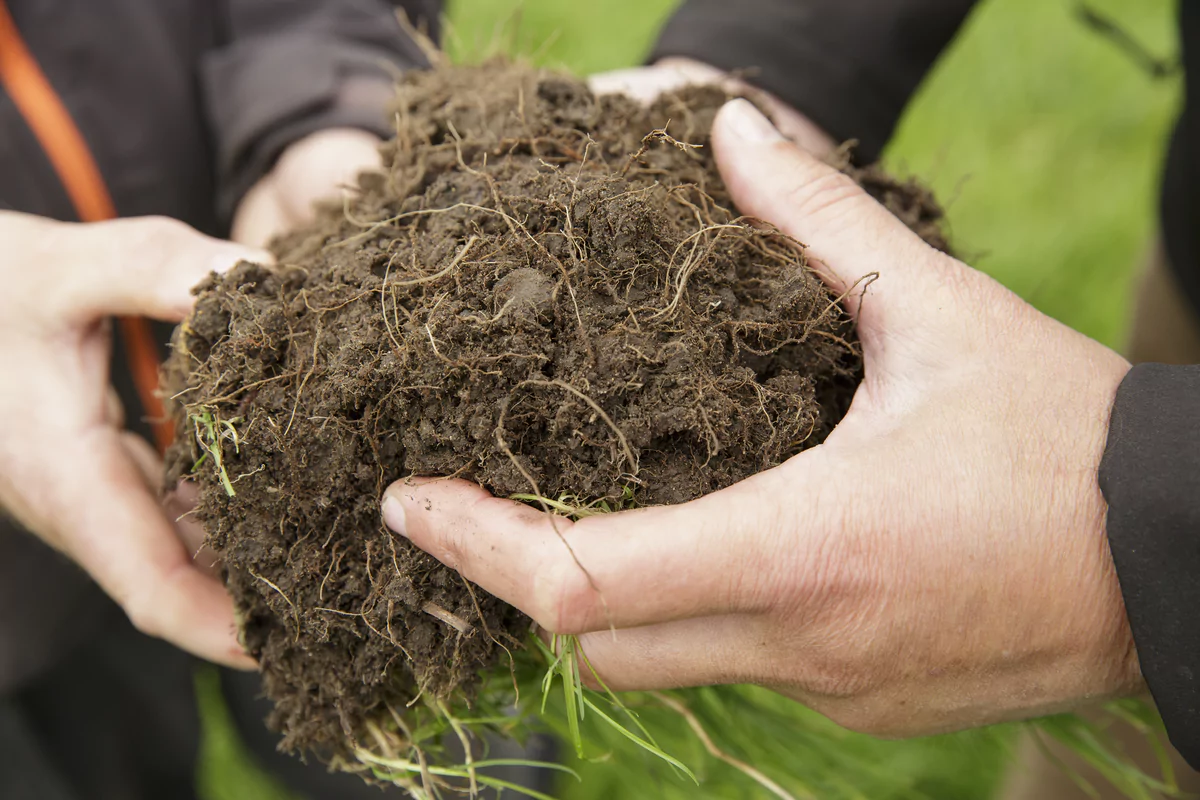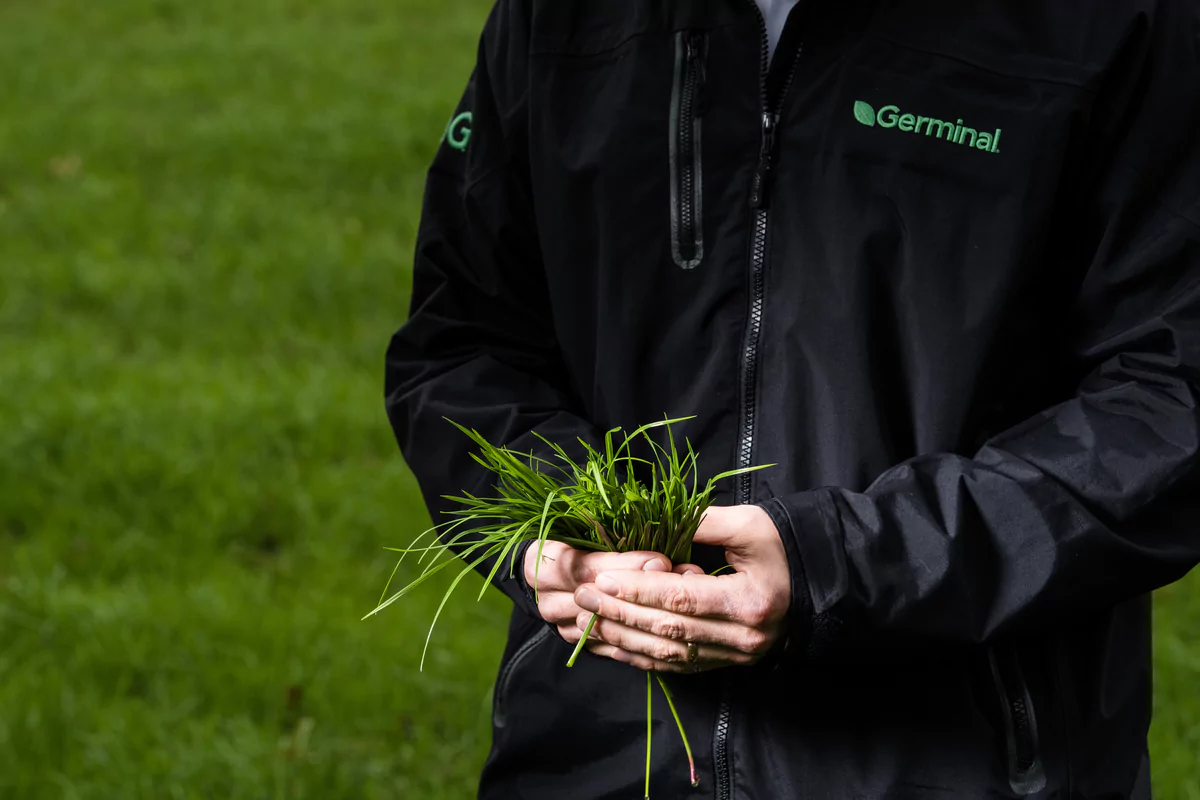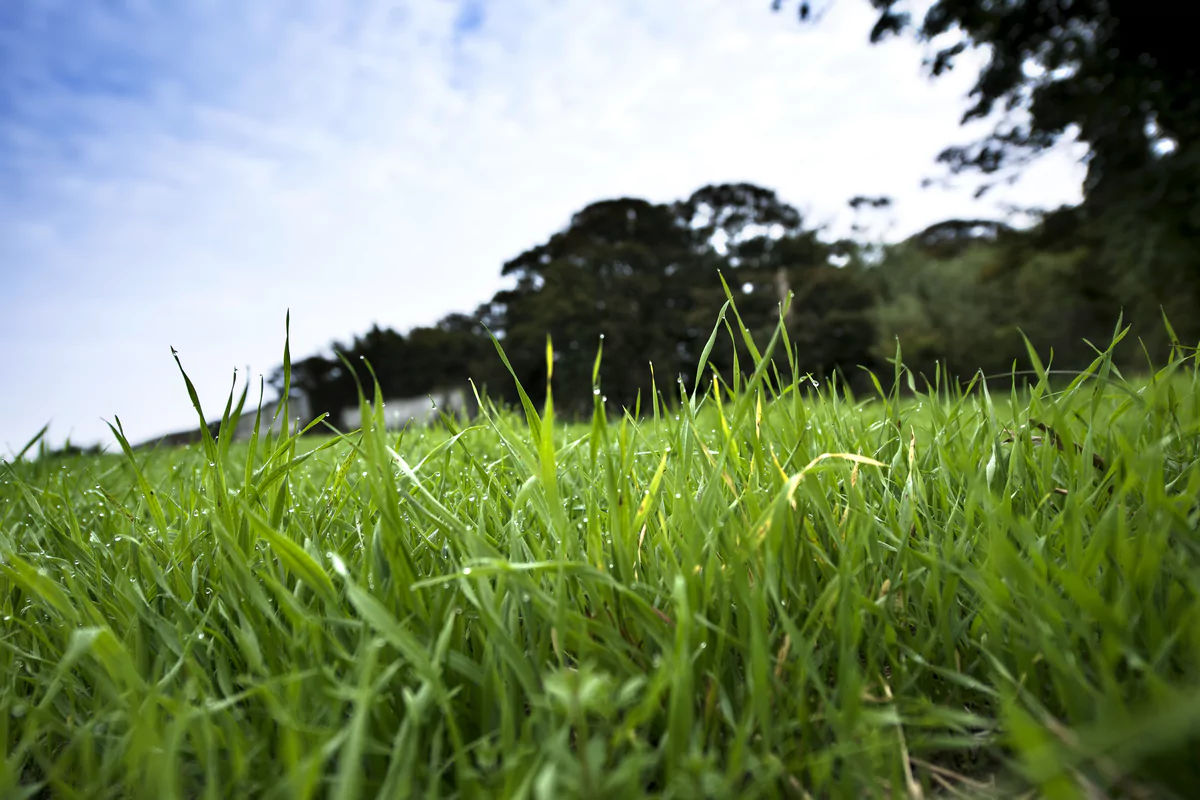The weather impacts everything you do as a farmer, constantly presenting challenges. Since autumn, consistently heavy rainfall has delayed plans for many. Germinal expert David Little has advice for any farmers impacted, explaining how overseeding pasture can make a difference when dry weather comes.
With weather conditions continuing to be challenging across the country, and broken weather continuing in the forecast, many farmers are asking about options to improve sward quality if they don't get the opportunity for a full reseed.
While reseeding remains the more productive option for older swards, overseeding can provide a vital feed source during these challenging conditions where grassland has been flooded. Overseeding can also achieve quicker, short-term improvement in yield and quality without the need to take swards out of production.
1. Target the right swards
When planning to overseed, target open swards with at least 50% perennial ryegrass in the existing sward. By overseeding, you can lift yield and quality performance in the short term. Overseeding is often a good option to prolong the life of a silage sward or counteract damage from poaching earlier in the year. Fields with high weed burdens would benefit most from a full reseed.
2. Check soil fertility
As with reseeding, soil fertility is vital to ensure a successful overseed and maximise the performance of the existing sward. Perennial ryegrass will perform best at a soil pH of 6.3 or greater, while clover will be optimised above pH 6.5. Adequate P and K are also important, so review a recent soil test and make sure you are adequately feeding the sward to achieve a P and K index 3.
 3. Choose the best grass seed for overseeding pasture
3. Choose the best grass seed for overseeding pasture
When overseeding, choose a mixture with a high proportion of tetraploid perennial ryegrass. Tetraploid grass seed is bigger and heavier, giving it a better chance of germinating quicker than diploid grass seed.
Tetraploid mixture for overseeding
Germinal offers a 100% tetraploid mixture for overseeding to ensure a high-quality, high-yielding sward.
- Rapid establishment
- Suited to overseeding
- High-quality tetraploid grasses drive animal performance
 4. When to overseed pasture
4. When to overseed pasture
Moisture is needed when overseeding, so use the current conditions to your advantage. Immediately after silage harvest can be a good opportunity to overseed a sward.
Alternatively, you could overseed if a sward has been tightly grazed down, thus helping the new grass compete with the older sward. Autumn can be an effective time, though overseeding pasture in spring also works if conditions are right.
 5. The best way to overseed pasture
5. The best way to overseed pasture
Stitching-in is our recommended pasture overseeding method:
- After cutting silage or a tight grazing
- A chain-harrow may be useful for removing old grasses
- Use a guttler or stitch-in seeder across the pasture at a seeding rate of 8-10 kg/acre
- Spread compound fertiliser (1.5-2 bags/acre) of 0:7:30
- When stitching in, use slug pellets while sowing as the drills formed by the machine provide an ideal channel for slugs to move through and decimate the newly germinating seeds
- Roll the pasture with a Cambridge or other light ring roller if soil conditions allow
Please be patient when overseeding pasture as the new seed needs time to establish. A light grazing about 12 days after sowing will help light down to the new seedlings and reduce shading from the older grass.
Subsequently graze the sward once the new grasses withstand the pull test - grab a handful of your newly growing grass - if the entire plant comes out, then it needs more time to establish. Frequent light grazing are essential to tillering of the new grasses.
These swards should also be grazed towards the end of your final rotation to ensure they are not carrying a heavy cover of grass over the winter.
Ask a Germinal expert
If you want to discuss overseeding methods or mixture options, then ask a Germinal expert today.
David Little, Area Sales Manager, Northern Ireland
T: 07718 658716
E: [email protected]
Diarmuid Murphy, Area Sales Manager, Southeast/Midlands/West
T: 085 747 3865
E: [email protected]
Claire Bailey Archibald, Area Sales Manager, Northeast
T: 087 470 6908
E: [email protected]
Pat Delaney, Area Sales Manager, South/Southwest
T: 085 841 6477
E: [email protected]



